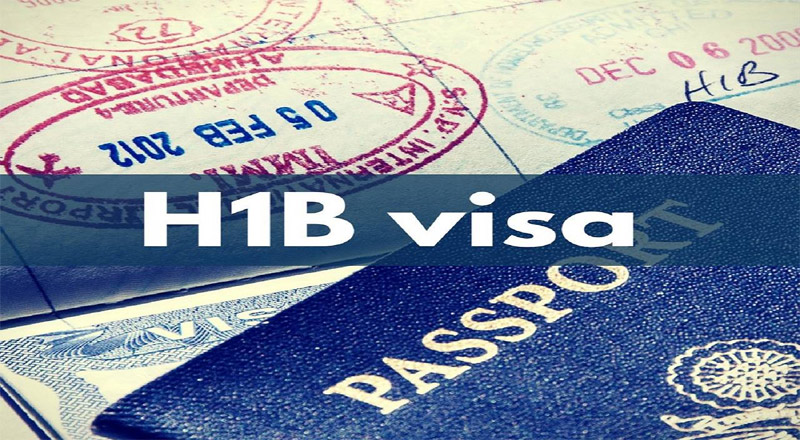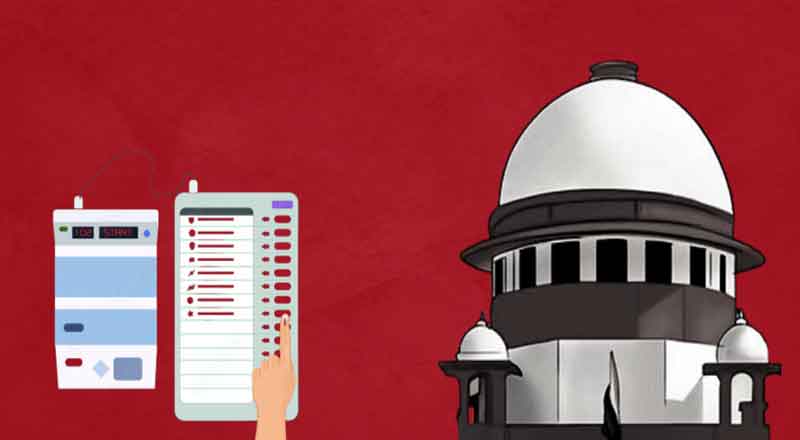The US administration (Department of Labor and Department of Homeland Security) Interim Final Rule (IFR) issued on October 6, 2020 proposing several changes, including revising definition of occupations and positions qualifying for H-1B visa, increasing minimum wage level and reducing tenure for onsite third-party employee H-1B visa categories from 3 years to 1 year, is credit negative for the sector. India and Indian IT services companies are the largest consumers of H-1B visas (71% in FY2019) and will be directly impacted if the Interim Final Rule (IFR) is implemented in the current form. As of September 30, 2019, the total H-1B authorised-to-work population was approximately 583,420 with a majority of the visas issued for computer-related occupations and Indian nationals. The IFR has been implemented effectively, though the final rules will be issued 60 days post comments from the public.
Explaining this further, Mr. Gaurav Jain, Vice President, ICRA says, “As per our assessment of the various provisions, without considering the increase in realisations or other mitigating factors, the gross impact of all the provisions will be in the range of 285-650 basis points. As the proposed changes are prospective (i.e. the same will not impact already issued H-1Bs or where LCA [Labor Condition Application] has been certified), the full impact will be seen over the next one to three years. While larger companies will be better placed to bear the impact because of the cushion – both in terms of higher operating margins and stronger balance sheet sizes, few mid-size companies may face deterioration in their credit profiles. However, the same needs to be evaluated, based on the risk mitigation factors and dependence on the H-1B visa by individual companies. In FY2020, the ICRA sample of large-size companies reported operating margins of 23.9% versus mid-size companies at 19.6%. For the same sample set, large-size companies’ net cash/OI stood at 34.9%, while for the mid-size companies it stood at 5.2% as on March 2020.”
As per the revised rules, the entry-level prevailing wages have been revised from the 17th percentile (based on Occupation Employment Statistics published by the Bureau of Labor Statistics) to the 45th percentile. This is expected to increase the entry-level prevailing wages by 30-40%. While several companies are already paying higher salaries than the prevailing wages, nevertheless, the wage hike impact will be in the range of 20-30%. Based on ICRA estimates, the margin impact on full implementation of the same will be in the range of 260-580 basis points, depending upon the level of onshore H-1B visas. Generally, companies have 20-30% employees onshore with 40-50% employed using the H-1B visas.
To qualify for the H-1B visa, the position must be a specialty occupation, generally requiring a bachelor qualification and applies a body of highly specialised knowledge. The IFR has made amendments and made it compulsory that the occupation requires a bachelor’s degree in the specific field of study. This will eliminate the possibility of general engineering degree for the position of Software engineer or computer programmer positions, currently in vogue. Further, a position in an occupation generally requiring bachelor’s degree may not qualify if it’s not common for the specific position across other similar industries.
As per the earlier rules, H-1B visas were issued for a tenure of up to three years. As per the IFR, the tenure for H-1B visas issued to a third party onsite worker will be reduced to one year. This is done with a view to monitor the usage of such H-1B visas. Based on ICRA research, the financial impact of the yearly renewals of H-1B visa will be in the range of 25-70 basis points on the operating margins. On an average, companies have 20-30% onsite workers with 40-50% dependent on the H-1B visa. Further, as per estimates, a majority of the employees (75%) will be onsite, barring the sales and support staff.
The IFR specifically defines employer-employee relations and the scope for inspection to establish the fact. The new regulation also states that, if the USCIS is unable to verify facts related to an H-1B petition or compliance with H-1B petition requirements due to the failure or refusal of the petitioner or the third-party to cooperate with a site visit, then such failure or refusal may be grounds for denial or revocation of any H-1B petition.
The new wage percentiles will make hiring /training of entry/mid-level workers in the US more cost effective than sending employees on the H-1B visa. As per ICRA estimates, Indian IT companies will speed up investing in training local hires for entry/mid-level positions as in the long run the same will be cost effective. With the visa issuance norms being tightened since 2017 in the US by restricting the entry of entry-level programmers, coupled with increasing compliance and evidence requirements adding to the cost pressures, Indian companies have already ramped up onshore hiring in the US.
Explaining the mitigation strategies, Mr. Jain, adds, “With such high entry level wages, the pace of offshoring is expected to increase. Indian companies will try and pass on the increased cost of service delivery, which are already facing pricing pressure for traditional/legacy services. This will result in increased offshoring as a win-win situation for the clients as well as IT services companies. Further ICRA believes, Covid-19 has led to increased acceptance of offshoring with limited supply-side interruptions at both at onsite and offsite locations. There has been an increased use of automation and artificial intelligence in most of the legacy or traditional Indian IT services. This has allowed Indian companies to protect their margins despite the pricing pressure on most of such services. The trend can be seen in a higher share of fixed price contracts which are not dependent on the number of employees deployed on the project. The share of fixed price contracts has increased to 61.1% in FY2020 from 58.0% in FY2019 for sample companies. With companies under pressure to protect margins without much headroom to increase prices, the share of fixed price contracts is expected to increase.”





